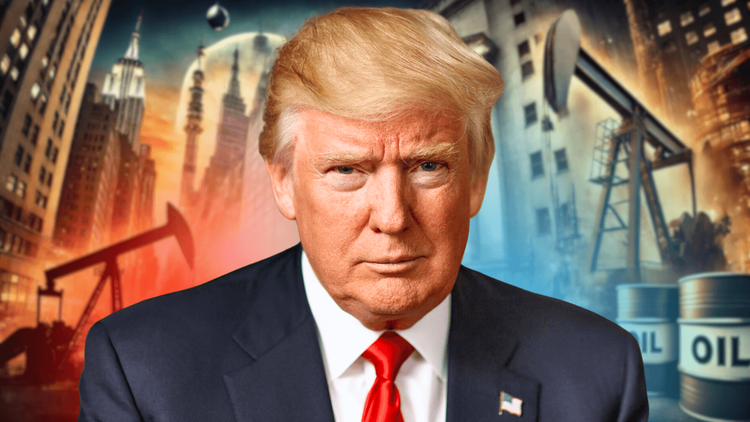Oil Markets Favor Trump as Wall Street Predicts Surplus
Falling Oil Prices in 2025: A Strategic Boost for Trump’s Energy Agenda

As the world gears up for 2025, President-elect Donald Trump is poised to benefit from a market dynamic that has Wall Street buzzing: the projection of falling crude oil prices. Experts predict that abundant global supply will lead to a substantial drop in oil prices, offering Trump a unique opportunity to push his energy agenda forward.
Wall Street’s Forecasts: Declining Oil Prices on the Horizon
Wall Street analysts are painting a bearish picture for oil prices in 2025. According to Natasha Kaneva, head of the Global Commodities Strategy team at JPMorgan, Brent crude oil prices, which averaged around $80 in 2024, are expected to drop to an average of $73 next year. Similarly, Bank of America predicts prices could slide even further to $65 per barrel, contingent upon decisions made by the Organization of Petroleum Exporting Countries (OPEC).
The anticipated price drop is largely attributed to increasing supply from major offshore oil developments in Brazil, Guyana, Senegal, and Norway. This influx is expected to create a significant surplus in the global market.
Domestic Energy Policy: Trump’s Advantage
President-elect Trump has long championed the expansion of domestic energy production, often framing it as a cornerstone of American economic independence. With the U.S. already supplying approximately 20% of the world’s oil, Trump’s plans for deregulation and expedited infrastructure approvals could further cement the nation’s status as a global energy powerhouse.
At a recent press conference, Trump reaffirmed his commitment to "unleash American energy," promising to ramp up drilling, pipeline construction, and other infrastructure projects. Analysts suggest that these efforts, coupled with a global oversupply of oil, will likely keep energy prices in check, aligning with Trump’s vision of affordable energy for Americans.
Geopolitical Factors: Risks and Opportunities
While lower oil prices are generally favorable for Trump’s agenda, geopolitical factors could disrupt this trend. Potential sanctions on Iran or Venezuela might restrict supply and drive prices higher. However, experts like JPMorgan’s Kaneva believe that Trump’s primary focus will be on maintaining low energy prices to avoid inflationary pressures.
“Policies that might raise oil prices will likely take a backseat to Trump’s key objective of maintaining low energy prices,” Kaneva stated.
Impact on Gasoline Prices: Tempered Expectations
During his campaign, Trump promised significant reductions in gasoline prices, aiming for sub-$2 per gallon levels. However, market analysts are skeptical of such dramatic declines. Patrick De Haan, head of petroleum analysis at GasBuddy, noted, “We will not see pandemic-era sub-$2 per gallon prices unless there is economic calamity.”
According to the Energy Information Administration (EIA), average gasoline prices at the pump are expected to decline modestly, averaging $3.20 per gallon in 2025, compared to $3.30 in 2024. While this decrease is unlikely to fulfill Trump’s ambitious promises, it does represent a continuation of downward trends from the peak prices seen in 2022.
Conclusion: A Strategic Opening for Trump
Falling oil prices present a strategic advantage for President-elect Trump as he prepares to implement his energy policies. With Wall Street projecting an oversupplied market and stable to declining energy costs, Trump has a unique opportunity to deliver on his promises of energy independence and economic growth. However, geopolitical risks and market volatility remain key factors to watch as 2025 unfolds.






